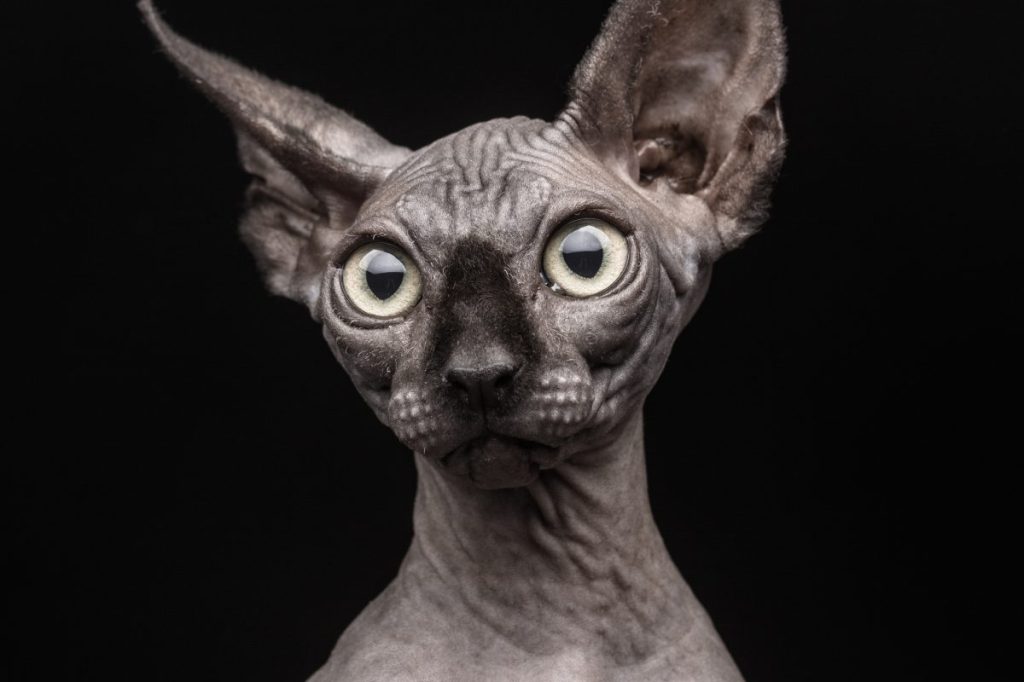Sphynx cats, often referred to as the “naked cat,” is one of the most distinctive and unique breeds in the feline world. What sets the Sphynx apart is its striking lack of fur, revealing a warm and inviting personality that has captivated cat lovers worldwide. This remarkable breed, with its sleek and smooth skin, exudes a sense of elegance and charm,…

Terfel’s outlook on life changed drastically the day that his owner, Judy Godfrey-Brown of Holyhead, North Wales, took in a…




